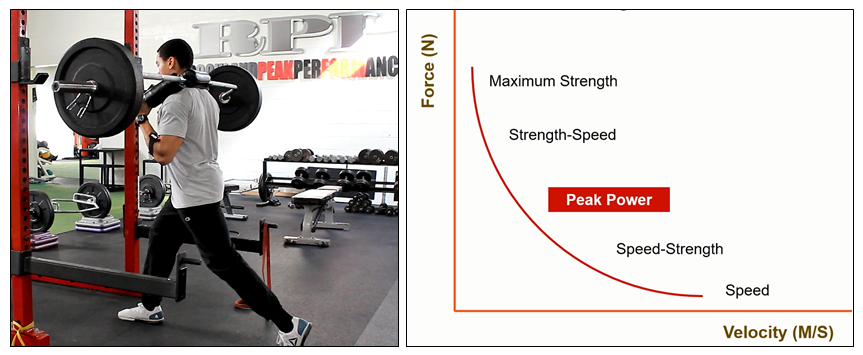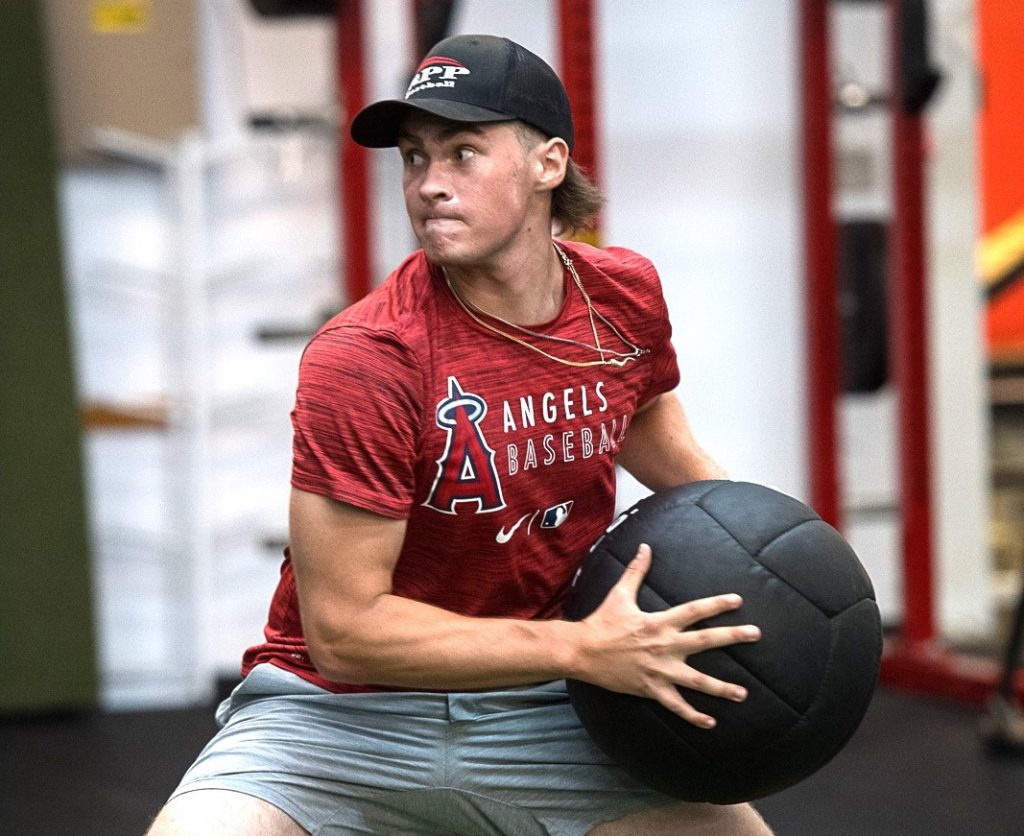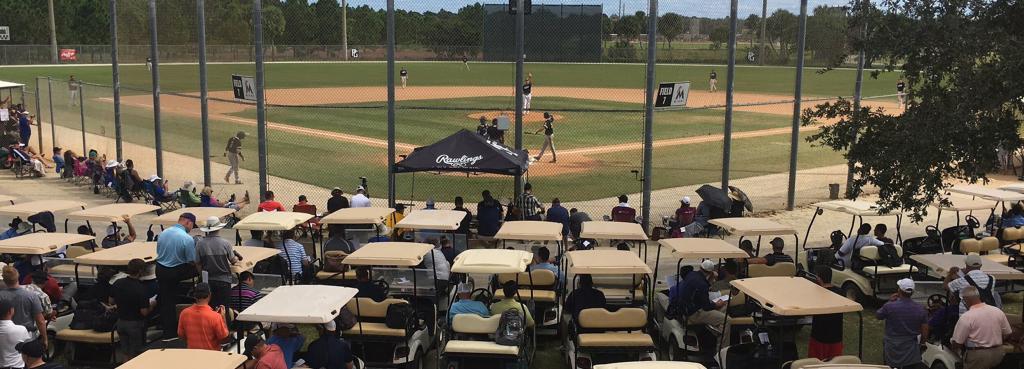
Knowing the adaptation that needs to occur and knowing what adaptation will occur are powerful decision-making tools when designing a program for an athlete. You need to first decide what effect you want the body to produce and then match it with an appropriate stimulus. This is referred to as the “SAID” principle. It stands for “Specific Adaptation to Imposed Demands” and is the blueprint that we build off of when programming for our athletes here at RPP.
The first question that needs to be answered is “what does the athlete need?”. Continue reading “Training Force- vs. Velocity-Deficient Athletes… Giving Them What They Need”










